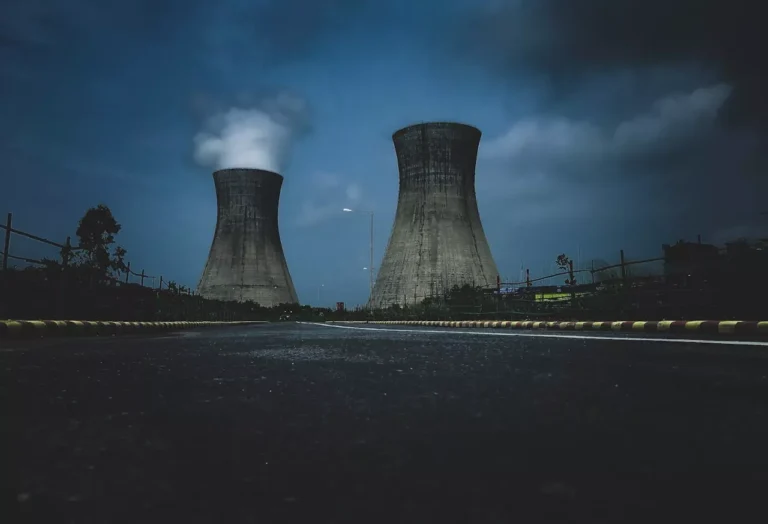
Santee Cooper Selects Brookfield Asset Management to Advance Nuclear Project in South Carolina
After an extensive and expert-led evaluation of proposals from global leaders in the nuclear energy sector, the Santee Cooper Board of Directors has officially approved a letter of intent (LOI) with Brookfield Asset Management (“Brookfield”). This agreement initiates exclusive negotiations regarding the completion of two partially constructed AP1000 nuclear units located in Fairfield County, South Carolina. The approval marks a significant step forward in South Carolina’s effort to expand carbon-free energy generation while leveraging prior investments in nuclear infrastructure.
The LOI sets a six-week initial project feasibility period during which Santee Cooper and Brookfield will collaboratively advance key planning and evaluation activities. During this period, both parties will jointly select a project manager responsible for overseeing the potential resumption of construction. Additionally, the teams will review and assess potential construction providers capable of completing the two nuclear units. This feasibility period will also allow for advanced discussions with potential buyers of the nuclear power that would be generated once the reactors are operational. The comprehensive review process is designed to facilitate additional due diligence and lead to the formal execution of a Memorandum of Understanding (MOU) between Santee Cooper and Brookfield.
“Brookfield approached Santee Cooper with a proposal that clearly outlines a pathway to transform our previous nuclear investment into enduring value for our customers and for all South Carolinians,” said Santee Cooper Board Chairman Peter McCoy. “Our objectives include completing these reactors using private capital—without any burden on ratepayers or taxpayers—delivering financial relief to our customers, and adding significant additional power capacity to South Carolina’s energy portfolio. Brookfield’s proposal meets these goals and demonstrates the financial strength required to support its plan.”
Santee Cooper President and CEO Jimmy Staton expressed gratitude to state leadership for their support throughout the bidding process. “We thank Governor Henry McMaster and the members of the South Carolina General Assembly, whose encouragement was instrumental in guiding Santee Cooper to conduct a competitive and transparent bidding process,” said Staton. “As we progress toward a final agreement, our overarching goal remains unchanged: to enable the completion of these two nuclear units, providing 2,200 megawatts (MW) of reliable, carbon-free nuclear power. This project will enhance energy security for the state and deliver tangible benefits to Santee Cooper customers who have already invested in these assets.”
Staton emphasized that Santee Cooper’s strategic decision to maintain the equipment and infrastructure over the past eight years positions the Fairfield units for a faster and more cost-effective path to completion. “The units are in strong condition, and they employ the Westinghouse AP1000 technology, which is currently operating successfully in Georgia and internationally. This makes the assets highly attractive to experienced players in the nuclear energy sector.”
A critical component of the project’s potential success is the ongoing involvement of Westinghouse Electric Company, the designer and owner of the AP1000 technology. “Brookfield’s majority ownership stake in Westinghouse was a key factor in their proposal, adding both technical credibility and operational assurance,” Staton noted.
The opportunity to involve a third-party investor in completing the Fairfield units emerged in response to rising residential and industrial electricity demand across South Carolina. Recognizing the potential for private investment to bring the unfinished units to completion, Santee Cooper launched a competitive bidding process in January 2025. The process attracted initial expressions of interest from more than 70 potential bidders, eventually yielding 15 formal proposals. Working with leading industry experts, Santee Cooper established rigorous financial, risk mitigation, and project execution criteria to evaluate and compare the final submissions.
Completion of the two AP1000 units is expected to bring significant economic and social benefits to South Carolina. The project could generate thousands of temporary construction jobs and create hundreds of high-skilled, permanent positions for operational staff. In addition to providing substantial employment opportunities, the project will strengthen and diversify the state’s energy portfolio, enhancing grid reliability and stability. The addition of 2,200 MW of nuclear power will also support South Carolina’s clean energy objectives by contributing a substantial supply of carbon-free electricity.
Furthermore, the project is expected to stimulate broader economic development in the region. By adding dependable and competitively priced power to the grid, the Fairfield nuclear units could help attract new businesses and industries to South Carolina, creating additional employment opportunities and generating economic growth for local communities.
Financial advisory support for Santee Cooper throughout the bidding and evaluation process was provided by Centerview Partners LLC. J.P. Morgan also served as a financial advisor, ensuring that the utility had access to robust guidance on market dynamics, project financing, and risk assessment.
The partnership with Brookfield represents a significant milestone in Santee Cooper’s mission to maximize the value of previous nuclear investments while advancing South Carolina’s energy infrastructure. By leveraging private capital and strategic expertise, the project aims to deliver large-scale, low-carbon electricity to meet growing demand, supporting both environmental sustainability and economic development.
Santee Cooper’s leadership reiterated that while the letter of intent initiates a defined feasibility period, the organization remains committed to transparency, accountability, and rigorous evaluation at every stage of the process. Should negotiations successfully progress, the partnership with Brookfield could serve as a model for how public utilities and private investors collaborate to complete complex infrastructure projects, unlocking long-term benefits for communities and energy customers alike.










